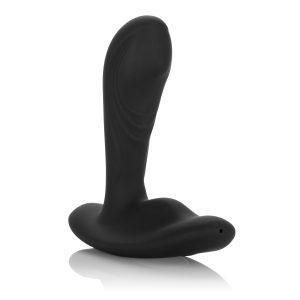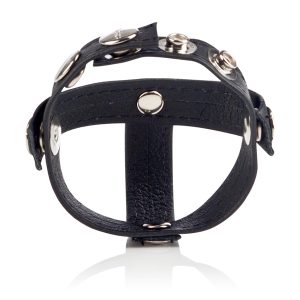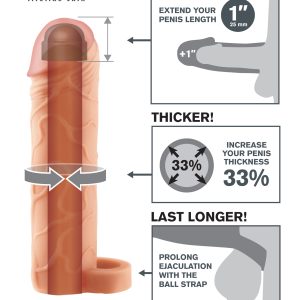While dildos have a history spanning tens of thousands of years, vibrators represent a newer chapter in humanity’s exploration of intimacy. Invented during the late 19th century, vibrators were initially developed not for pleasure but as medical devices to treat ” female hysteria.” Over time, however, they became synonymous with empowerment, self-care, and modern sexual wellness. Let’s explore the fascinating history of vibrators and how they revolutionized both intimacy and technology, particularly in the context of female patients.
The Birth of Vibrators – From Medicine to Innovation
The 19th Century: Vibrators as Medical Devices
In the Victorian era, women were often diagnosed with “hysteria,” a catch-all term for symptoms ranging from anxiety to sexual frustration. Physicians treated hysteria by performing manual “pelvic massages” to induce “paroxysms” (now recognized as orgasms). As this treatment became more common, doctors sought a quicker, less physically taxing solution—and thus, the first vibrators were born.
In 1869, American physician George Taylor invented the first mechanical vibrator, which was steam-powered and massive in size. It wasn’t exactly portable, but it set the stage for further advancements. By the early 20th century, vibrators had become more compact, thanks to innovations in electricity. These devices were marketed as medical tools, often advertised as a cure for ailments like nervousness, insomnia, and even poor digestion.
Key Innovations:
- 1869: George Taylor’s steam-powered vibrator
- Early 1900s: Electrically powered vibrators for home use
Analogies in Sexual History
The invention of vibrators mirrors the evolution of many sexual tools. Much like dildos, they began as practical or symbolic objects before evolving into personal items used to enhance intimacy. Vibrators, however, uniquely bridged the gap between sexual health and medical treatment, blending science with pleasure in a way that challenged societal norms.
The Transition to Modern Pleasure Devices
From Medical Device to Household Staple
In the early 20th century, vibrators became widely available for home use. Magazines and catalogs marketed them as health products, often with euphemistic descriptions like “personal massagers” or “muscle relaxers.” These devices were sold alongside sewing machines and toasters, and their connection to female sexuality was rarely acknowledged publicly, often dismissed as hysterical.
By the 1920s, vibrators began to appear in erotic films, and their association with masturbation became undeniable. As this connection grew, manufacturers faced public backlash. Vibrators disappeared from mainstream advertising for decades, forcing them to adopt a more discreet market presence, yet their significance in female sexuality remained.
The Sexual Revolution and the Return of the Vibrator
The 1960s and 70s saw the rise of feminist movements that embraced female sexuality and demanded open conversations about pleasure. Vibrators became symbols of empowerment, with activists like Hallie Lieberman and Betty Dodson encouraging women to explore their bodies.
The release of battery-powered rechargeable vibrators in this era marked a turning point. The devices were portable, discreet, and explicitly designed for sexual pleasure. Vibrators returned to the spotlight, shedding their past as medical tools and rebranding as sex aids.
In 1968, the introduction of the battery-powered vibrator revolutionized the industry. These portable, discreet devices made pleasure more accessible and eliminated the need for clunky, corded designs.
Key Milestones in Vibrator Evolution:
- 1920s: Vibrators appear in early erotic films
- 1960s: Battery-powered vibrators debut
- 1970s: Feminist movements normalize discussions about vibrators
Analogies in Sexual History
Much like the Kama Sutra broke taboos around discussing intimacy, vibrators brought conversations about female pleasure to the forefront. In both cases, these tools challenged the idea that sexual health should be hidden or shameful, paving the way for more open dialogue.
Modern Vibrators – The Billion-Dollar Revolution
The Vibrator Industry Today
Vibrators have come a long way from their medical origins, evolving into a multi-billion-dollar industry. Companies like Lelo, We-Vibe, and Womanizer are leading the charge, offering cutting-edge designs that combine pleasure, technology, and aesthetics. Today’s vibrators cater to a wide range of preferences, from discreet lipstick-sized models to advanced app-controlled devices.
Why Vibrators Are Big Business:
- Global Market Value: The global vibrator market is valued at over $12 billion, with consistent growth as societal taboos diminish.
- Technological Innovations: Companies integrate features like Bluetooth connectivity, customizable vibration patterns, and even AI-driven settings.
- Luxury Appeal: Vibrators are marketed as self-care tools, with high-end brands offering sleek, designer products that wouldn’t look out of place on a nightstand.
Modern Features of Vibrators:
- Materials:
- Medical-Grade Silicone: Safe, hygienic, and durable
- Recycled Plastics: For eco-conscious users
- Metal and Glass: Luxurious options with unique sensations
- Technology:
- App Integration: Remote control and sync with music or partner devices
- Clitoral Suction Vibrators: Like the Womanizer, which offers a unique, targeted experience
- AI Customization: Smart devices that adapt to user preferences over time
Vibrators Go Smart
The latest trend in the industry is the rise of “smart” vibrators, which combine AI, app control, and interactive features. These high-tech devices are designed to personalize the experience, syncing with your body’s responses or even integrating with virtual reality for immersive pleasure. For those who prefer a more traditional experience, companies like Vibrators.io specialize in both smart and “dumb” vibrators.
Even more telling of how far vibrators have come is the fact that major retailers like Walmart and Target now stock vibrators and other sex toys, selling them alongside everyday items. What was once a hidden and taboo market has become a normalized part of mainstream shopping. So, what are you waiting for? Get shopping and discover your perfect match!
A Vibrating Legacy
Vibrators are more than pleasure devices—they’re a symbol of empowerment, innovation, and societal progress. From clunky steam-powered contraptions to sleek AI-driven tools, their journey reflects changing attitudes toward female sexuality and the technology of orgasm. As the industry continues to grow, vibrators are paving the way for more inclusive and open conversations about intimacy.
For a modern take on these historical icons, explore brands like Lelo, and Womanizer. These companies have turned a once-taboo product into a celebrated part of self-care and empowerment, proving that vibrators are here to stay—and innovate.




